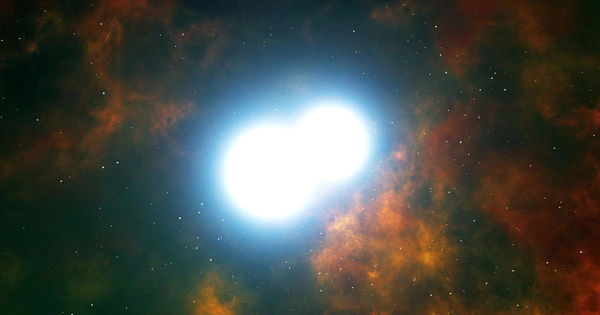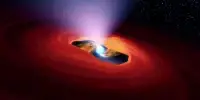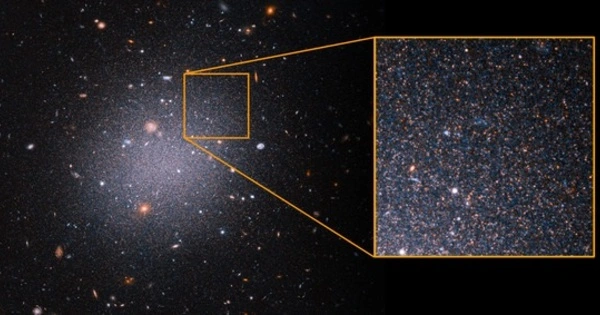White dwarfs are what remain when stars like our sun have used up all of their fuel. They are dense, faint stellar corpses, the final stage of evolution for low- and medium-mass stars. According to NASA, while most large stars will eventually go supernova, a low or medium mass star with a mass less than around 8 times the mass of the sun will eventually become a white dwarf. According to experts, approximately 97 percent of the stars in the Milky Way will eventually become white dwarfs.
Scientists at the RIKEN Cluster for Pioneering Research utilized computer modeling to explain how a hypothesized type of supernova might evolve over thousands of years, providing researchers a way to look for examples of this model, known as “D6.”
Supernovae are essential for cosmology because one type, Ia, is used as a “standard candle” that permits distance to be calculated, and they were employed in the measurements that revealed, shockingly to first observers, that the universe’s expansion is accelerating. Although it is widely assumed that type Ia supernovae are formed by the explosion of degenerate stars known as white dwarfs – stars that have burned through their hydrogen and shriveled into compact objects – the mechanism that triggers the explosions is not fully understood.
This is a significant discovery since it may affect the usage of Ia supernovae as cosmic yardsticks. They were originally thought to be the result of a single phenomena, but if they are varied, we may need to reconsider how we use them.
Shigehiro Nagataki
The recent discovery of extremely fast-moving white dwarfs has provided credence to one suggested process for the creation of these supernovae, D6. In this scenario, one of two white dwarfs in a binary system has a “double detonation,” in which a surface layer of helium first explodes, unleashing a greater explosion in the star’s carbon-oxygen core. The star is obliterated as a result, and the companion, suddenly free of the gravitational force of the exploding star, is thrown away at incredible velocity.
However, nothing is known about what shape the aftermath of such an event might take long after the initial explosion. To investigate this, the researchers opted to mimic the long-term evolution of a supernova remnant over thousands of years after the explosion. In reality, they were able to observe some features in the progenitor system that would be unique to this scenario, providing a chance to investigate supernova physics, such as a “shadow” or dark patch encircled by a light ring. They also concluded that the leftovers of type Ia explosions are not always symmetric, as is often assumed.

In this sort of explosion, a white dwarf in a binary star system receives mass from its companion. The temperature and pressure within the white dwarf rise as its mass rises, until nuclear fusion re-ignites at its core. A white dwarf is so compact that fusion sweeps swiftly out from the center, producing enormous energy that blasts the star apart.
According to the study’s first author, Gilles Ferrand, “The D6 supernova explosion has a distinct shape. We were not convinced that it would be detectable in the residual long after the initial event, but we discovered that there is a precise signature that we can still see thousands of years after the explosion.”
Shigehiro Nagataki, the director of RIKEN’s Astrophysical Big Bang Laboratory, said, “This is a significant discovery since it may affect the usage of Ia supernovae as cosmic yardsticks. They were originally thought to be the result of a single phenomena, but if they are varied, we may need to reconsider how we use them.”
Ferrand goes on, “We intend to learn how to more precisely compute the X-ray emission while accounting for the composition and state of the shocked plasma in order to make direct comparisons with observations in the future. We hope that our paper will provide viewers with new ideas about what to look for in supernova remains.”
















